The US held off from a threatened tariff hike on EU products regarding the 16-year Airbus subsidies dispute, and signal its willingness to go back to negotiation table. The amount of products subject to the tariffs are kept unchanged at USD 7.5B, with 15% rate for aircraft and 25% on for other products.
“The EU and member states have not taken the actions necessary to come into compliance with WTO decisions,” Trade Representative Robert Lighthizer stated. “The United States, however, is committed to obtaining a long-term resolution to this dispute. Accordingly, the United States will begin a new process with the EU in an effort to reach an agreement that will remedy the conduct that harmed the U.S. aviation industry and workers and will ensure a level playing field for U.S. companies. ”
“The Commission acknowledges the decision of the U.S. not to exacerbate the ongoing aircraft dispute by increasing tariffs on European products,” an EU official said in response. “The EU believes that both sides should now build on this decision and intensify their efforts to find a negotiated solution to the ongoing trade irritants.”




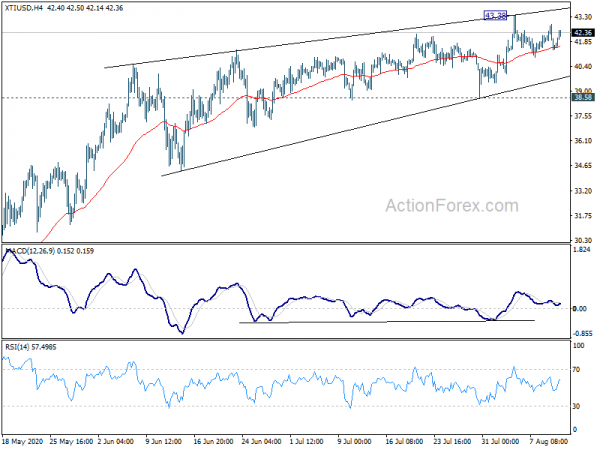
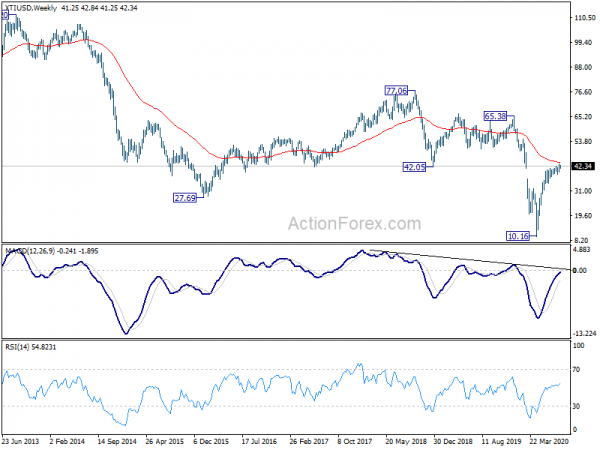
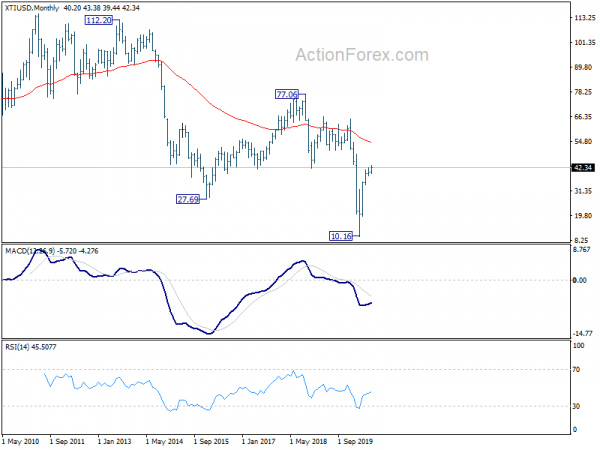
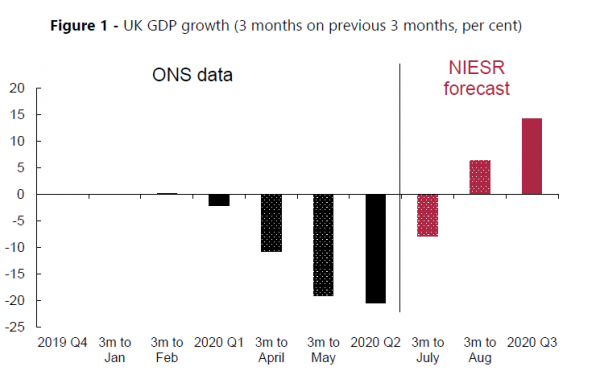
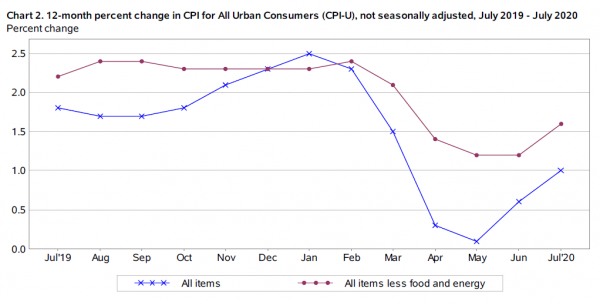
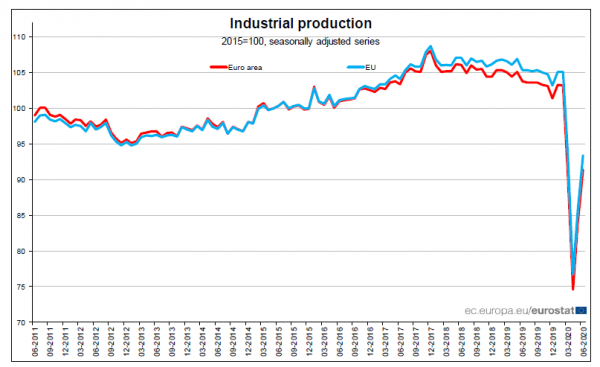
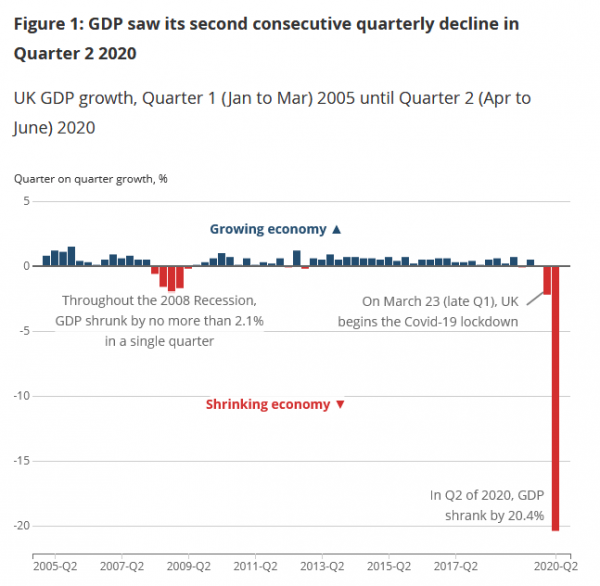
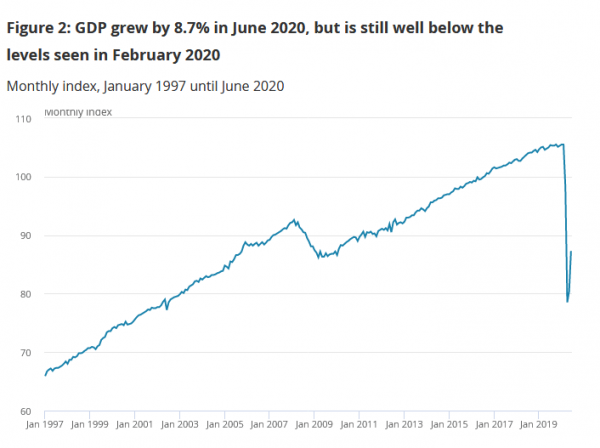
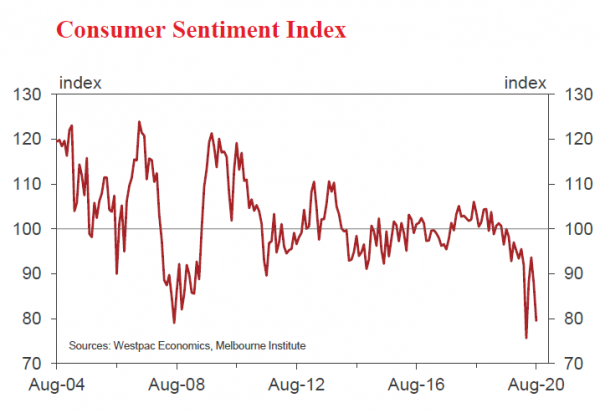
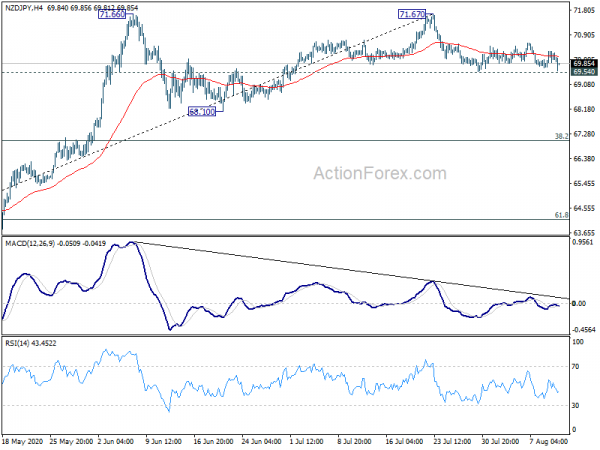
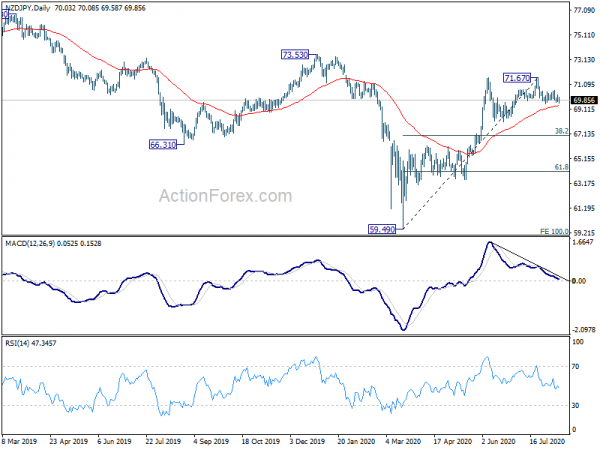
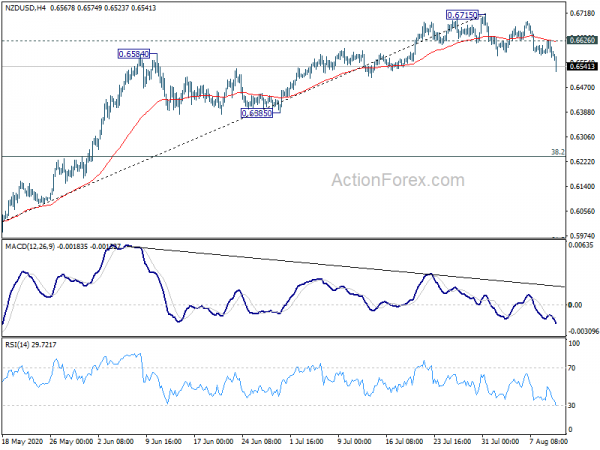
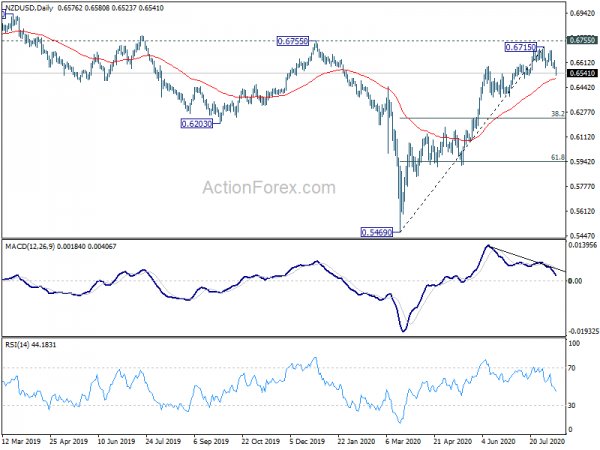
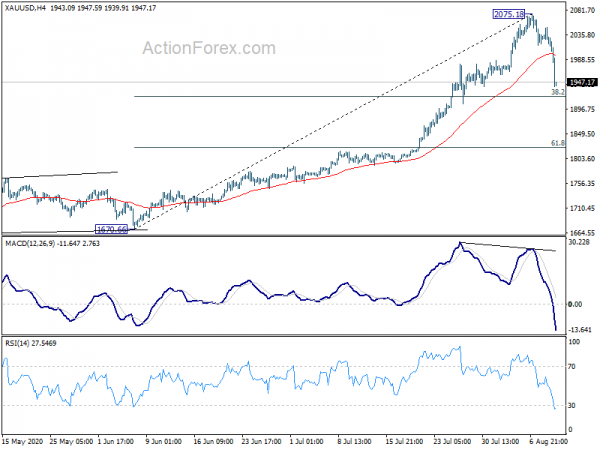
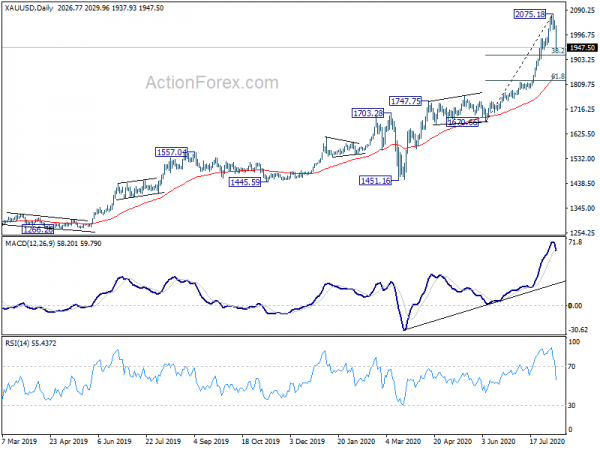
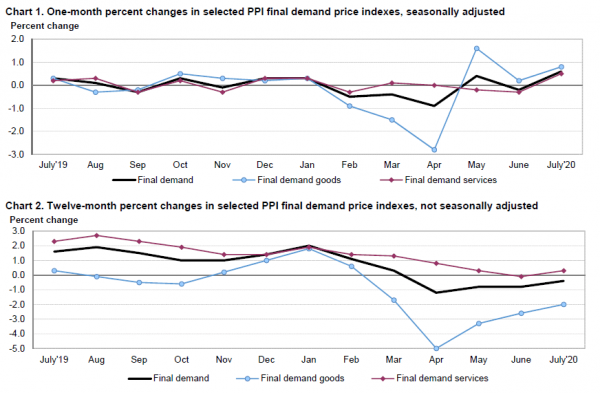
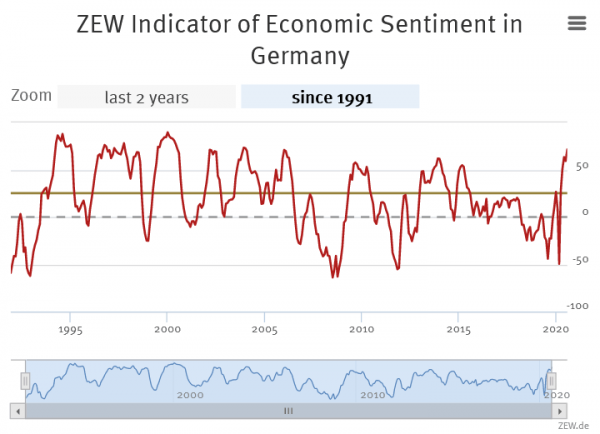
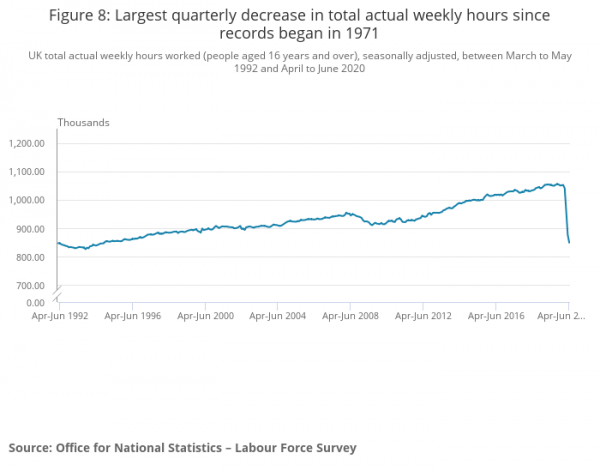
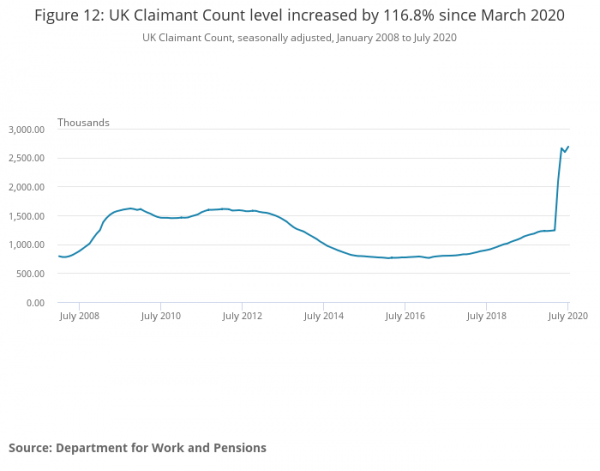
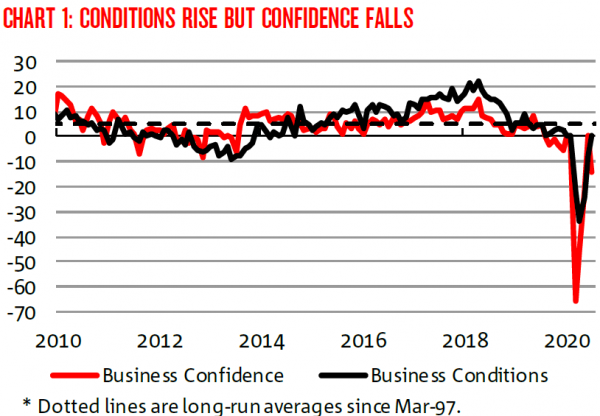
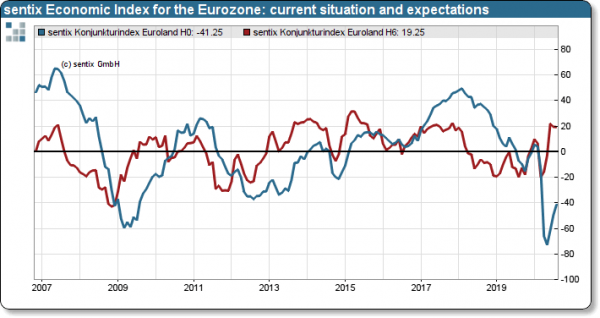
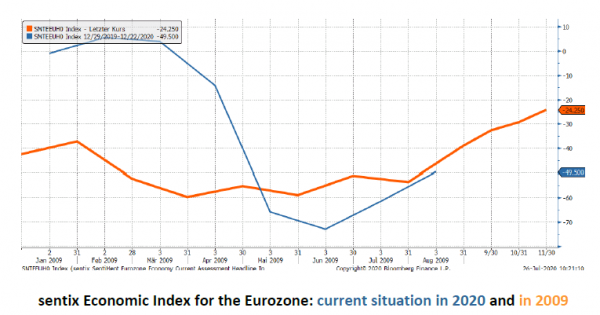

Fed Daly: Longer support to economy needed with resurgence in coronavirus
San Francisco Fed President Mary Daly said she expects recovery to be slow and gradual, depending on the coronavirus. A V-shaped recovery is not expected. “As we get more information about how the virus will affect the economy, we will be thinking about how can we use forward guidance to telegraph to people, to signal to markets, households and businesses what our intentions are in terms of supporting the economy going forward”, she said.
Also, with resurgence in infections, more stimulus is needed for the economy. “It’s becoming quite clear that the virus will be with us for longer and more vigorously than anyone had hoped for,” she said in an interview Tuesday. “The length of the support that the economy is going to need, before we can ever stimulate the economy, it just has to be longer.”